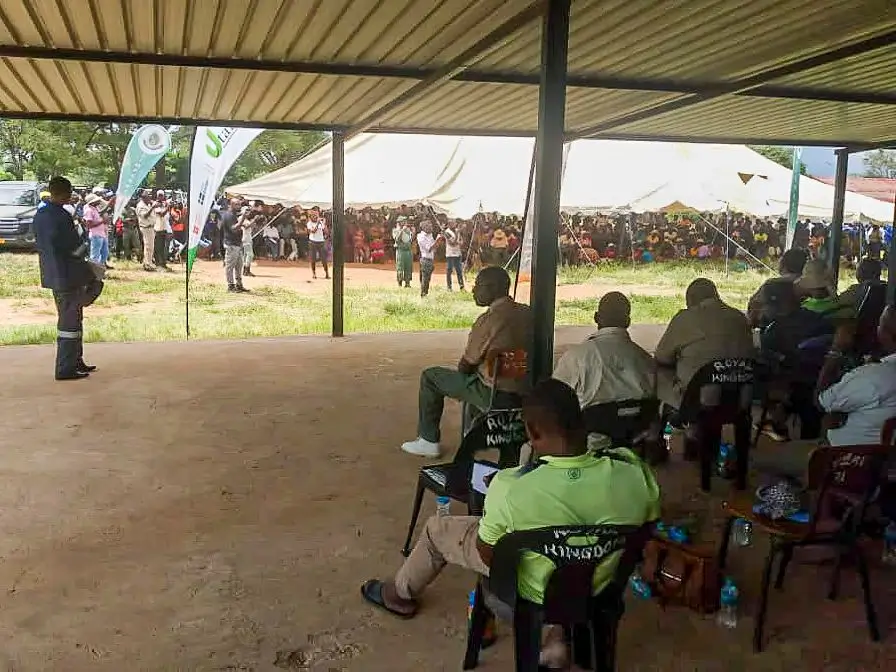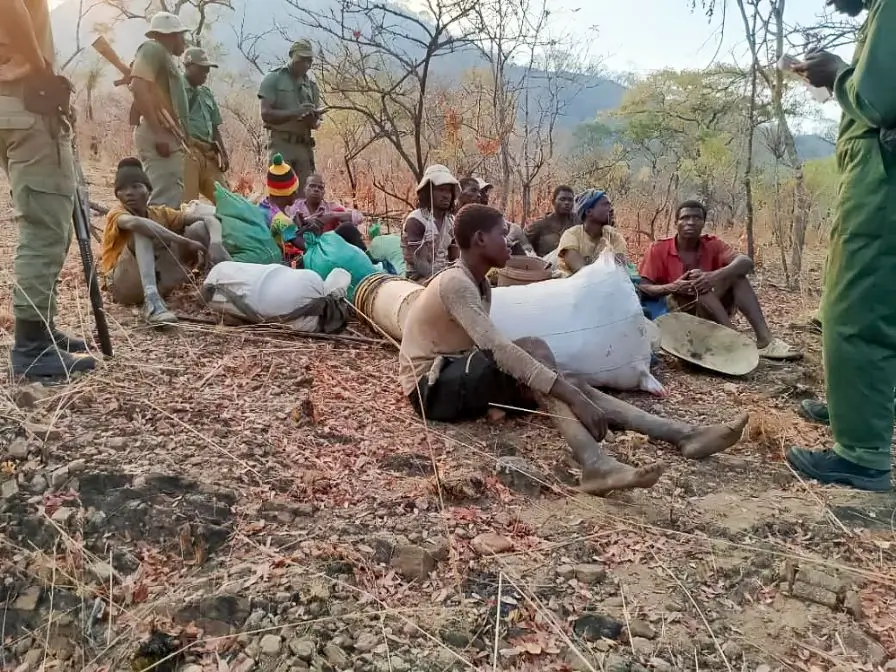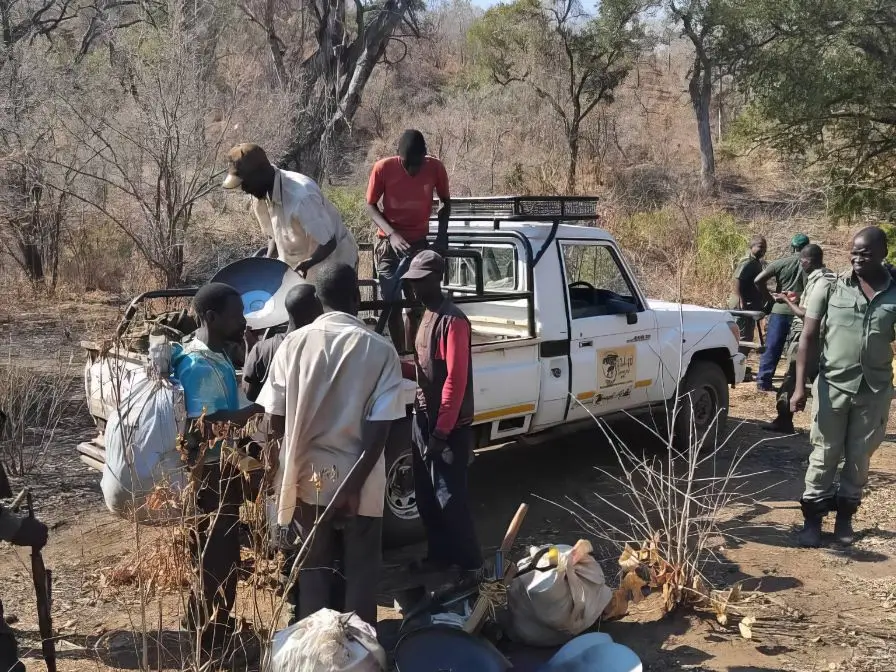2024 Annual Report
Bushlife Conservancy is a US-based 501(c)(3) organization working closely with Bushlife Support Unit (BSU), a Zimbabwean nonprofit trust. BSU cooperates with Zimbabwe Parks and Wildlife Management Authority (Zimparks) to conserve Mana Pools National Park and the Lower Zambezi Valley. Our conservation family has grown since 2016 when we began protecting African wildlife for future generations, and we are proud of our accomplishments.
No elephants have been poached in the National Park since 2019!
Human-Wildlife Coexistence along Park Boundaries
January marked the onset of the rainy season, which typically lasts until April. With the rains come the growth of crops planted by farmers along the park’s southern boundaries, often followed by incidents of human-wildlife conflict (HWC). The rainy season is especially demanding, as elephants, eland, and buffalo frequently raid crops.
Our mitigation methods to deter elephants from entering farmlands included:
Chili fences—Strings soaked in chili powder and water divert elephant movement when set up across pathways leading to maize fields.
Burning chili bricks—Made from elephant dung, dry chilis, and a bit of engine oil, these bricks smolder and release a pungent smoke that keeps elephants away.
Firecrackers—Loud noises help chase elephants out of fields.
A honey badger, and
Despite these efforts, the vastness of the area poses a challenge. The villages lie within the escarpment with countless hills, valleys, and pockets of dense bush that provide hiding places for wildlife.
Impact of Poor Rains and Drought
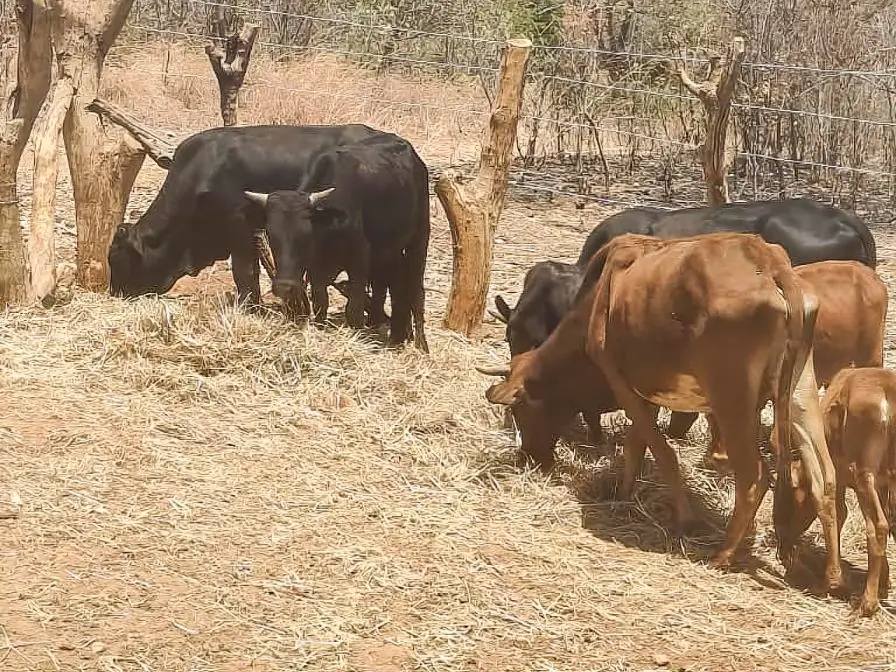
Despite the fact that the rains were poor, HWC was prevalent. As the dry season progressed, natural water sources became strained, affecting both wildlife and domestic livestock. Zimparks opted not to intervene with a feeding program for wildlife. Instead, Bushlife Conservancy provided tens of thousands of dollars’ worth of hay to support villagers’ livestock along the park boundary.
The agreement was for the cattle to be kept out of the wildlife area, preserving the remaining grazing for wild animals and reducing HWC incidents. During the peak of the drought, we fed the equivalent of 20,000 cows, helping sustain the livestock until the next rains and resulting fresh grass growth.
Community Engagement and Conservation Efforts
We worked closely with the Hurungwe Rural District Council, organizing meetings with village headmen and chiefs, working on methods to mitigate wildlife conflict. Encroachment into former community conservancy land has displaced wildlife, increasing conflict. The challenge is in balancing human interests with conservation efforts. Our job is to present the case for biodiversity, advocating for the wildlife and its habitat.
Illegal Gold Mining and Habitat Destruction
Illegal gold mining persists in wildlife areas where riverbeds are excavated in search of gold. This has led to significant habitat destruction and wildlife displacement. We worked with the Community Council Scouts to remove gold panners and were successful after two months of constant policing. Opposition arose from community members who blamed conservation efforts for disrupting their gold-related income.
Conservation Education Program
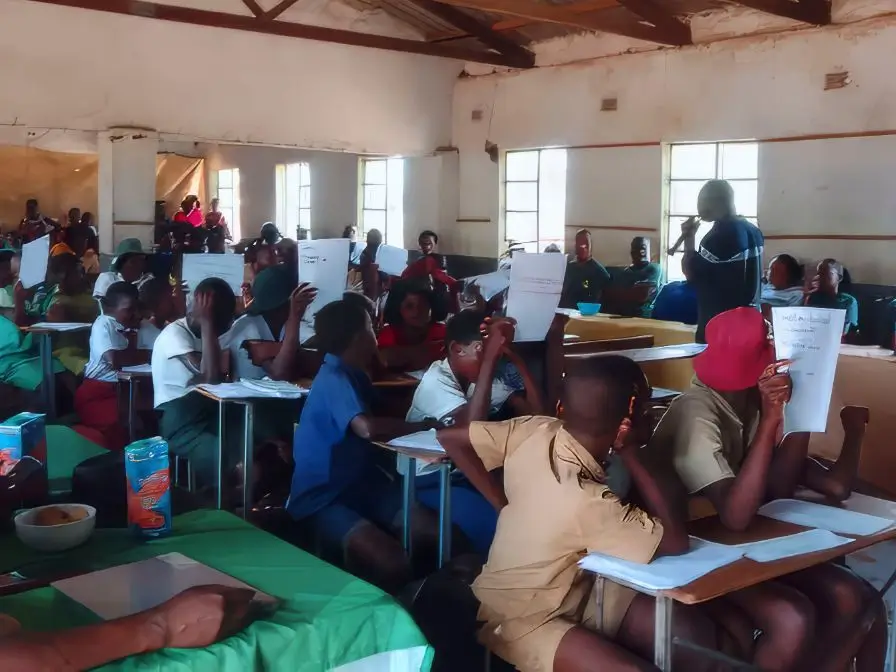
Our school conservation awareness program was highly successful. Our schoolteacher and community liaison, Sophea Masabe, taught 1,000 students across 24 schools, visiting each school six times throughout the year. We organized and funded a year-end wildlife quiz contest to celebrate student achievements. Parents, teachers, and hundreds of students attended, and prizes such as backpacks, t-shirts, and school supplies were awarded.
Baby Elephant Leg Injury Investigations
Several cases of baby elephants with lame legs were recorded, with affected calves unable to keep up, leading to their demise. To investigate, we:
Took X-rays of the injured legs, and
A definitive cause has not yet been determined as we await a report from the veterinarian who took the X-rays and assessed the calves.



